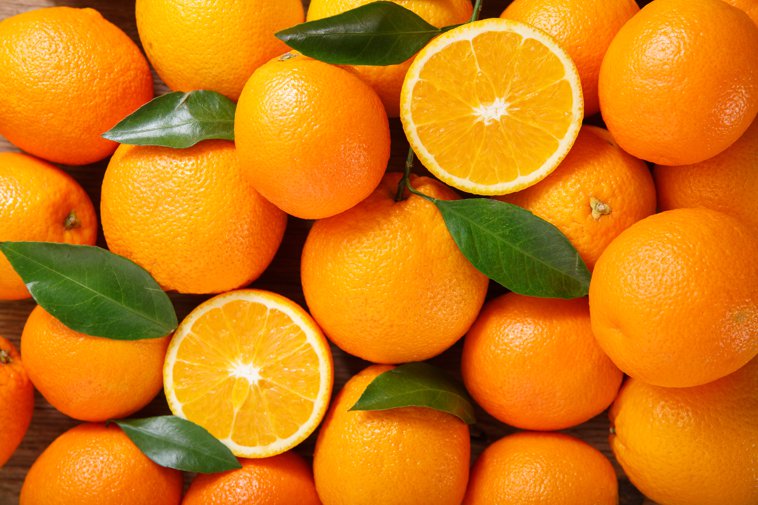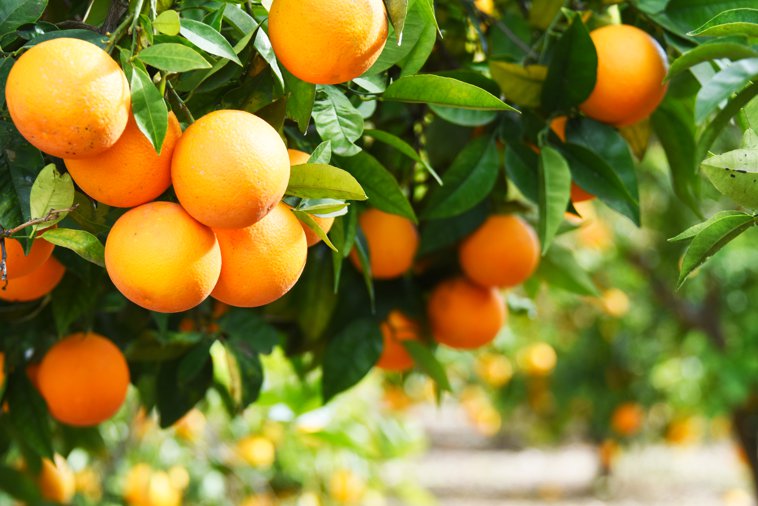"Orange" in Spanish

Orange in Spanish as an Adjective
When describing something that is orange, in Spanish you can say naranja or anaranjado. Let’s see some examples:
| examples |
|---|
Orange in Spanish as a Noun
So, ¿Cuál es tu color favorito?(What is your favorite color?) If it's orange, you can say el naranja or el anaranjado.
For example:
| examples |
|---|

Even though naranja ends in a, when it refers to the name of the color, it is masculine in gender. When it refers to the fruit, it's feminine!
el naranja = orange (the color)
la naranja = orange (the fruit)
Much More Than Orange in Spanish
We use colors to express our preferences, describe our surroundings, and talk about human attributes. So, let’s take a look at some basic color terms beyond orange in Spanish:
| Spanish | English |
|---|---|
| amarillo | yellow |
| azul | blue |
| blanco | white |
| gris | gray |
| marrón/ café | brown |
| morado/ púrpura | purple |
| negro | black |
| rojo | red |
| rosado/ rosa | pink |
| verde | green |
| violeta | violet |
Expressing Preferences and Describing Surroundings
One of the easiest ways to practice colors in Spanish is to talk about your preferences and describe your surroundings.
| examples |
|---|
Let’s Talk About Fruit and Trees: Orange in Spanish
So how do we say orange in Spanish when talking about that delicious, juicy fruit? La naranja, as you now know! And where do las naranjas grow? On naranjos, (orange trees), the name of the tree that bears this sweet fruit.
 Let’s see some examples:
Let’s see some examples:
| examples |
|---|

Not Just Orange in Spanish
So, what are the names of other fruits in Spanish? Check out the table below:
Want to learn more about “ser” and “estar”? Check out these articles!














